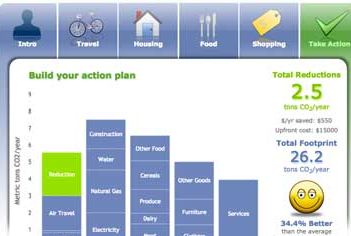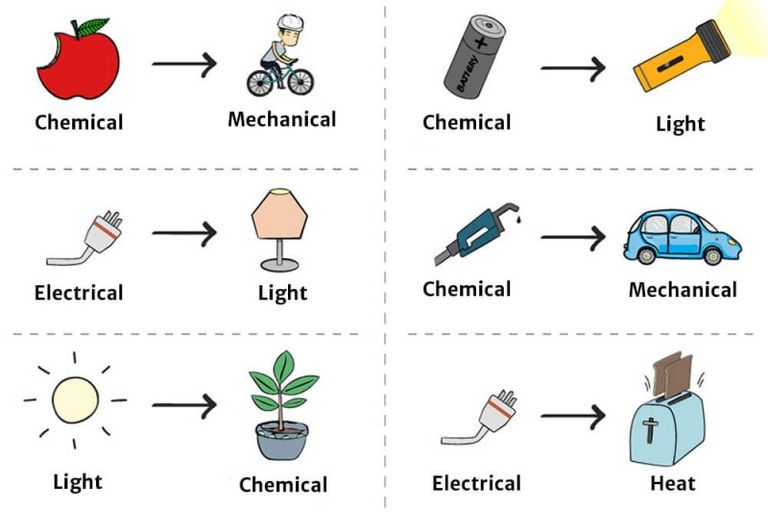Carbon Footprint Calculators
Calculate your individual or group carbon footprint
Then donate to CCOF to shrink your carbon footprint..

Cool Climate Calculators
Easy to use for individuals, households, and faith communities. Travel, home, food, and shopping are considered. The average home is responsible for 50 tonnes CO2/yr.
https://coolclimate.org/calculator
https://www.coolcongregations.org/calculators/household-calculator/
https://www.coolcongregations.org/calculators/congregational-calculator/
The latter two are provided by Interfaith Power & Light. The underlying calculator for all three was developed by the UC Berkeley Renewable and Appropriate Energy Lab.

Detailed Calculator and Spreadsheet
Comprehensive and customizable for a variety of situations in online and downloadable spreadsheet versions.
https://www3.epa.gov/carbon-footprint-calculator/
https://www3.epa.gov/carbon-footprint-calculator/data/GHGCalculator.xls
Created by the US Environmental Protection Agency.

Campus-oriented Calculator
Aligned toward active collegiate life.
http://myco2.sustainability.oregonstate.edu/
The Oregon State University calculator is based on the Santa Clara Univ. calculator.

Air Travel
Calculator
Airport to airport travel with individual segments or roundtrips.
https://www.icao.int/environmental-protection/Carbonoffset/Pages/default.aspx
Developed by the UN International Civil Aviation Organization.
- 1000 lb = 0.454 tonne [metric ton]
- 1 tonne = 1.1 ton = 2204.6 pounds

Food
Calculator
Raising, processing, transporting, and waste are associated with 1/4th of human carbon emissions.
http://www.foodemissions.com/foodemissions/Calculator
See also No Food Left Behind Corvallis.

Greenhouse Gas and Energy Converters
Converters are handy when different types of units are needed for carbon and energy calculations.
1000 lb = 0.454 tonne [metric ton]
The US EPA GHG converter provides equivalencies for various sources.
https://www.epa.gov/energy/greenhouse-gas-equivalencies-calculator
The US Energy Information Administration has conversion factors for heat and several other energy types.
